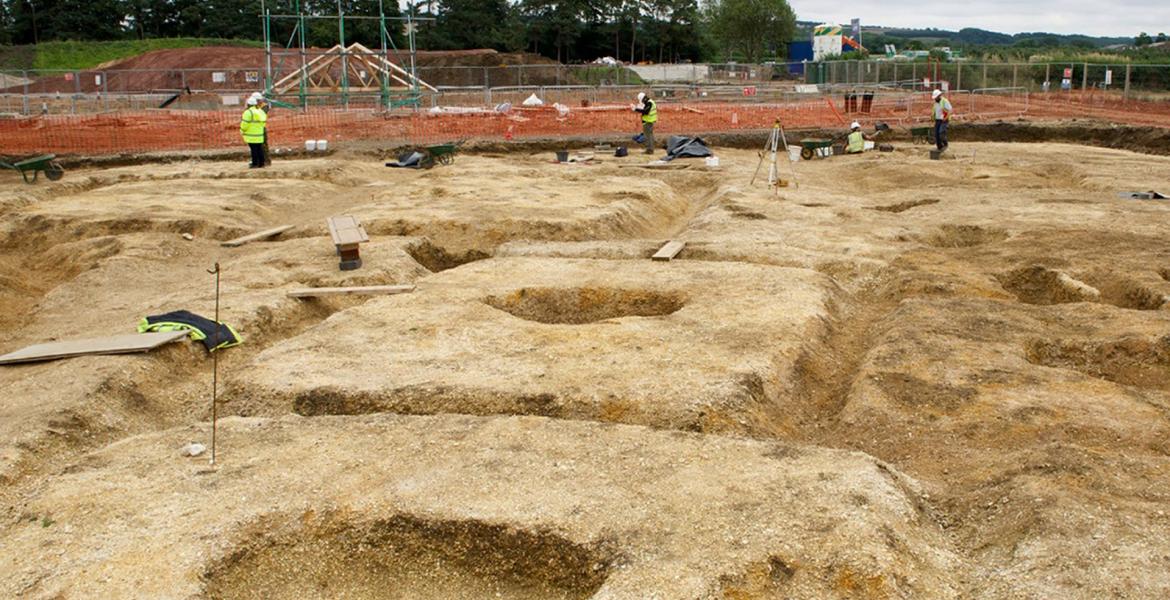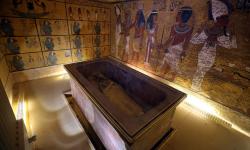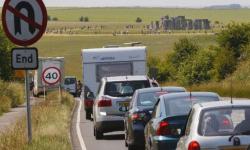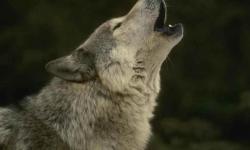Important Iron Age site found in Yorkshire
A 'hugely important' Iron AgeThe Iron Age of the British Isles covers the period from about 800BCE to the Roman invasion of 43CE, and follows on from the Bronze Age. burial ground has been discovered at a site on Burnby Lane, Pocklington, east Yorkshire.
The burial ground was discovered during excavations for a property development, which has now been halted to allow proper analysis in the largest study of Iron Age people of the last 35 years. Originally expecting to find only one or two graves when work began last year, archaeologists have discovered instead an 'incredibly significant' ArrasAn archaeological culture of the Middle Iron Age found in East Yorkshire, defined by its burial customs. culture graveyard. 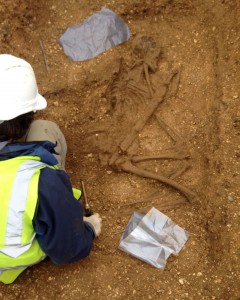
The site of 75 mainly square barrows could have been in use for up to 300 years, between the start of the Iron Age in Britain (around 800BCE) and 500BCE. They contain the skeletons of 160 people, including three high status warriors buried with a number of grave goods. One of these is a remarkably well-preserved young warrior, aged between 17 and 23, who was buried with four spears along his spine, and with his sword likely ritually broken in antiquity. A second is the first example of a shield burial in Britain, where the warrior was buried lying on his shield. Other items, including over 360 amber and glass beads, as well as pots and brooches, have also been found.
It is thought that analysis of the site could take several years to complete. Archaeologists are hoping to learn much about the people buried there, including how they died, the stresses placed on their bodies while they were alive, their relationships with each other and whether or not they were migrants to the area. Archaeologist Paula Ware said that 'One of the theories that we are looking into is these were migrants from the continent. We believe some of them could have come over from northern France or even Germany.' They hope to undertake DNAHolds the genetic code to all living things, and is passed down to children from their parents. and chemical analyses to establish this.
Find out more about the finds here.
- Log in to post comments


